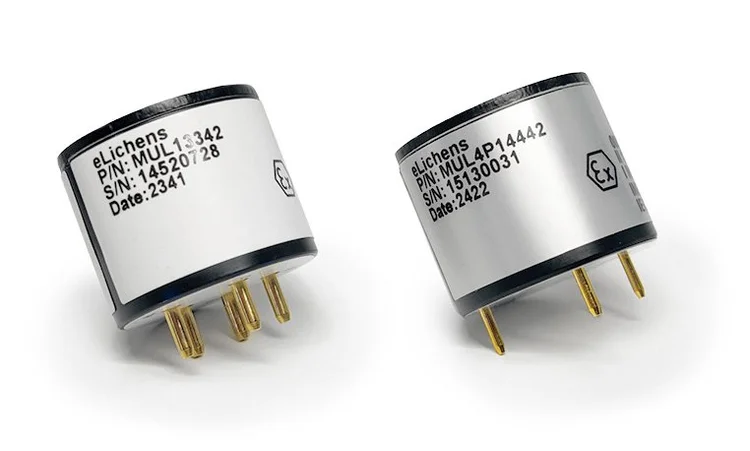In modern industry, safety is not just a requirement—it’s a core value. Among the many invisible threats that facilities face, methane (CH₄) stands out as one of the most dangerous. As a highly flammable gas, even small methane leaks can lead to catastrophic explosions or health hazards. Detecting methane accurately and early is therefore essential for preventing industrial disasters. This is where advanced technologies like infrared gas sensors based on NDIR (Non-Dispersive Infrared) principles have become indispensable.
Understanding the NDIR Principle
NDIR methane sensors operate on a simple yet powerful principle: different gases absorb light at specific infrared wavelengths. Methane has a distinct absorption band in the infrared region, and NDIR sensors exploit this property to measure its concentration precisely.
Inside the sensor, an infrared light source emits a beam that passes through the gas sample. A detector on the other side measures how much light is absorbed by methane molecules. The amount of absorbed radiation directly correlates with the gas concentration, providing an accurate, real-time measurement without chemical reactions or consumable parts.
Why NDIR Technology Is Ideal for Industrial Safety
NDIR sensors have several advantages that make them particularly suited for industrial safety applications:
- High accuracy and stability: NDIR methane sensors offer excellent selectivity and are unaffected by cross-sensitivity to other gases or environmental changes.
- Long lifespan: Unlike catalytic or electrochemical sensors, they don’t degrade from continuous exposure to gas, ensuring years of reliable operation.
- Low maintenance: With no need for frequent calibration or replacement of chemical elements, NDIR sensors reduce maintenance costs and downtime.
- Fast response: They provide continuous real-time monitoring, detecting leaks before they become hazardous.
These benefits make NDIR methane sensors a trusted solution in oil and gas production, chemical manufacturing, mining, and HVAC systems—industries where even the smallest methane leak can pose enormous risks.
Preventing Leaks and Explosions
Methane’s danger lies in its volatility. When it mixes with air at concentrations between 5% and 15%, it becomes explosively combustible. A minor leak in a confined space can quickly escalate into a major incident if not detected promptly.
Installing NDIR methane sensors in critical zones—pipeline junctions, compressor stations, storage facilities, or refineries—enables early detection of leaks long before reaching hazardous levels. By integrating sensors into automated monitoring systems, industries can trigger alarms, shut down equipment, or activate ventilation instantly, preventing escalation.
Moreover, continuous methane monitoring helps ensure compliance with international safety standards and environmental regulations, such as ATEX, OSHA, and EPA requirements.
NDIR Sensors and Digital Transformation
As industries embrace digitalization, NDIR methane sensors are increasingly integrated into smart networks. They can communicate via IoT platforms, providing remote access, data logging, and predictive analytics. This not only enhances safety but also allows operators to optimize maintenance and energy efficiency.
Advanced models now feature self-diagnostics, temperature compensation, and wireless communication. These innovations further improve reliability and reduce operational complexity.
Conclusion
Industrial safety depends on the ability to detect threats before they become disasters. NDIR methane sensors provide the precision, stability, and responsiveness that industries need to prevent leaks and explosions effectively.
By adopting reliable infrared gas detection technologies, companies protect their people, assets, and environment—while meeting the ever-growing standards of modern industrial safety.

